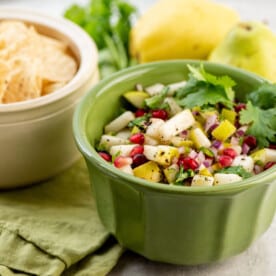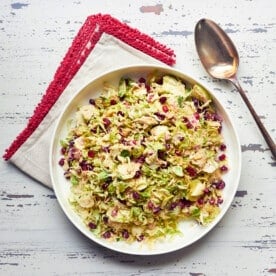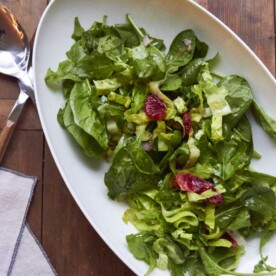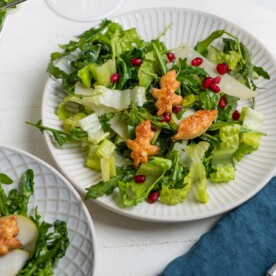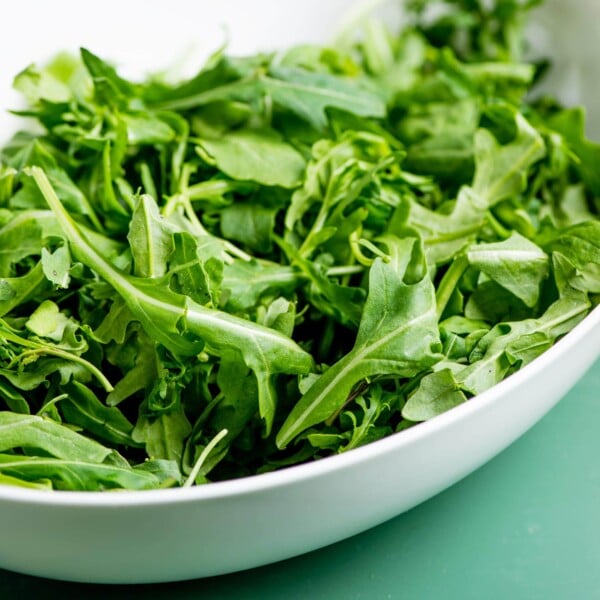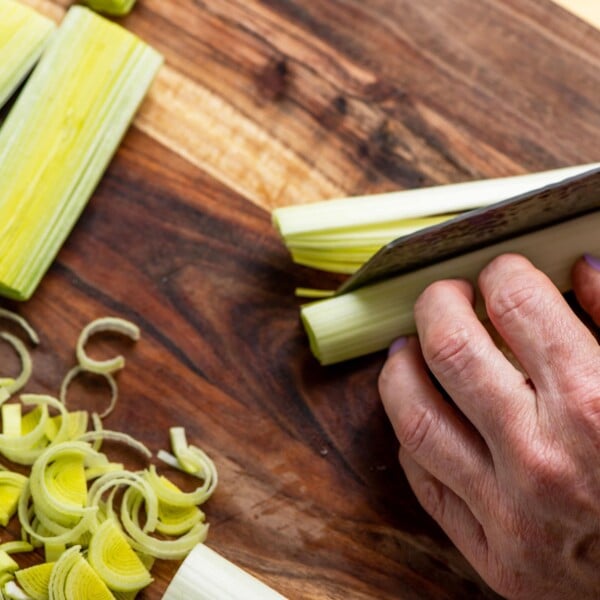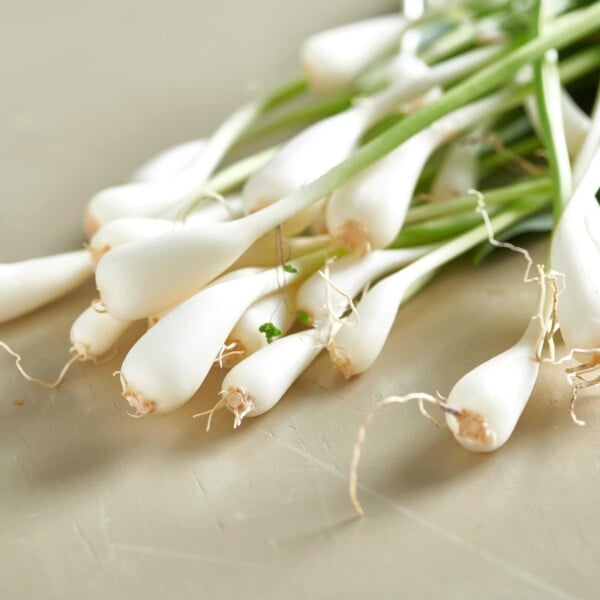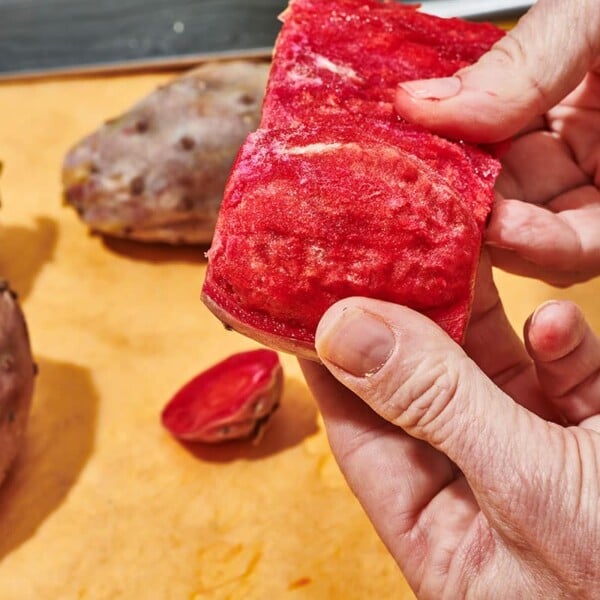How to Cook with Pomegranates
on Dec 23, 2020, Updated Jan 15, 2022
This post may contain affiliate links. Please read our disclosure policy.
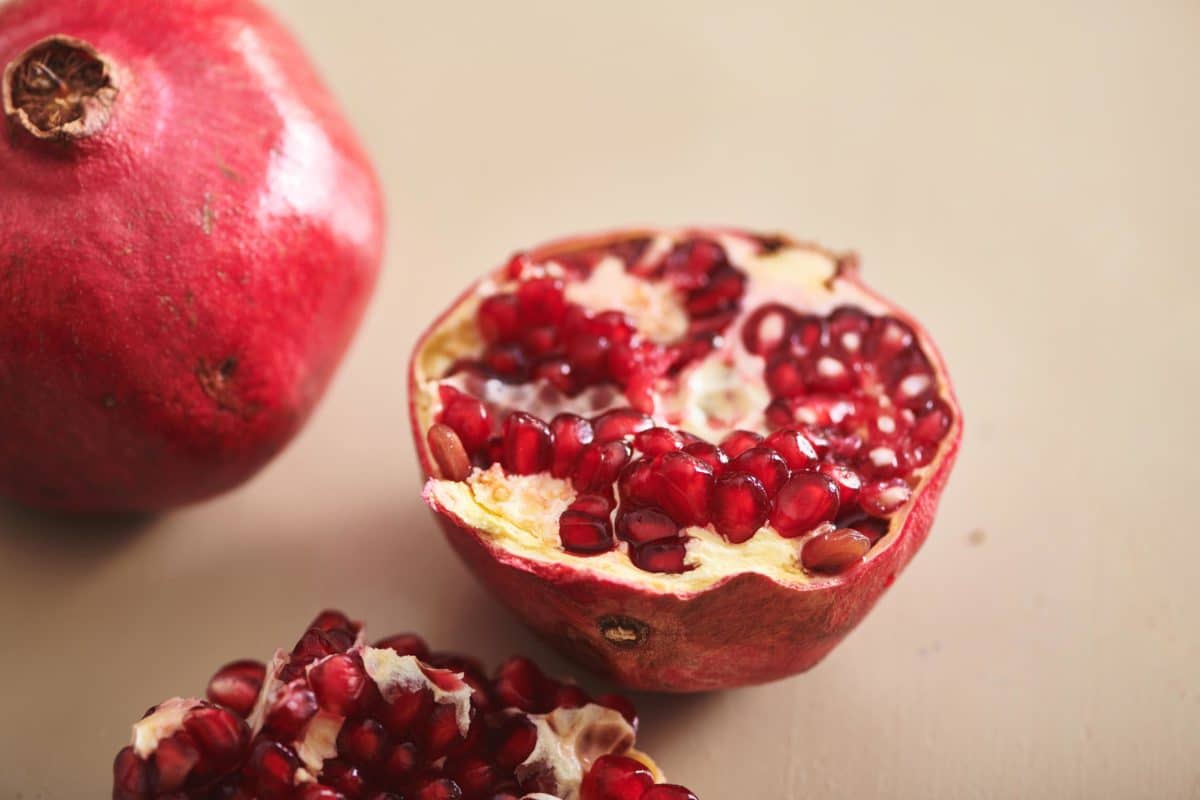
What is a Pomegranate?
There is no mistaking a pomegranate. From the look to the taste, pomegranates are a one of a kind fruit. Cultivated throughout the dry regions of the Mediterranean and Middle East, pomegranates grow on a spiny bush that has beautiful bright red flowers. In many cultures, this fruit symbolizes life, vitality, and fertility and in Judaism, they are an important part of the Rosh Hashanah (Jewish New Year) celebration.
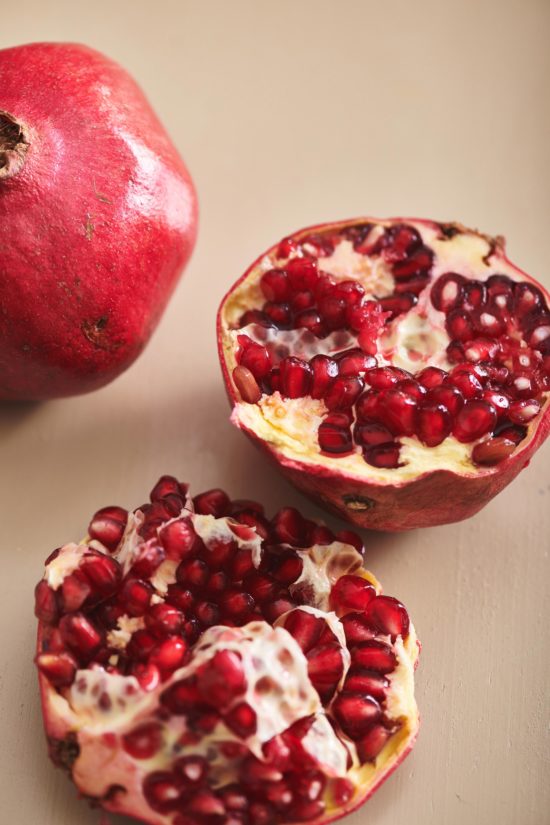
Pomegranates made their way to America around 1770 and after 250 years in this country, you would think these wonderful fruits would be well established but they are still kind of unknown and even mysterious to many. And then there are the die-hard fans like my sister who buys bags of pomegranates when they are in season and consumes a few each day.
Pomegranates have a few things that perhaps stand in their way of world domination: their limited season, their cost, and the effort they require. In order to access their bold and tasty seeds, you need to do a little work cutting through the leathery exterior and extracting the many hundreds of seeds, all without letting any of the juice stain your clothes, countertop or dish towels.
Pomegranates are used in savory and sweet dishes, and are very popular in Israeli, Middle Eastern, Mediterranean, Indian and African cooking. Pomegranate juice is also extremely popular and both used in cooking and also available bottled for straight up drinking nad use in cocktails and mocktails.
What Do Pomegranates Look Like?
Pomegranates are round, bright reddish-brown fruit roughly the size of a large naval orange, with a thick leathery smooth skin. Inside the fruit are hundreds of little tiny pods called arils, which are the size of small corn kernels and filled with bright red juice and a crunchy little seed inside.
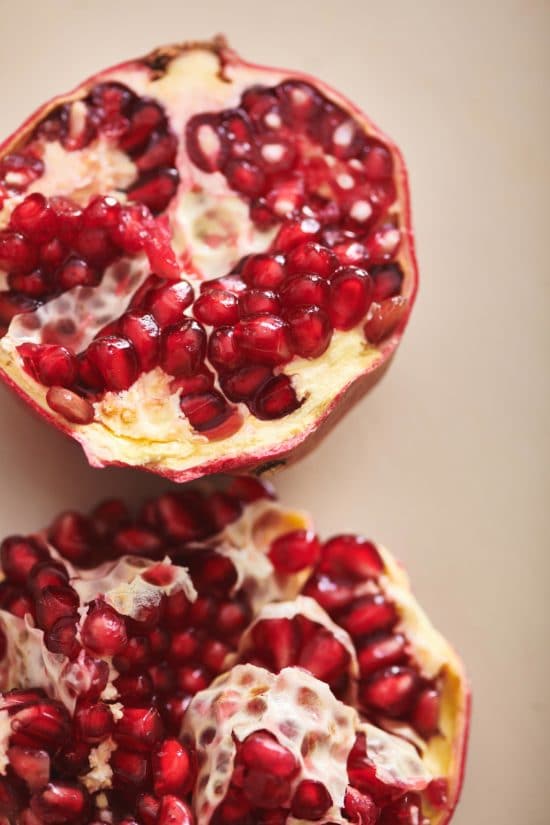
Where Can I Find Pomegranates?
Often pomegranates can be found in your usual supermarket when in season. But sometimes you may need to look harder to seek them out during their peak season in specialty markets. If you are lucky enough to live near where these are grown in the United States (mainly California), they can be readily found in supermarkets and farmers markets. Some supermarkets or specialty markets sell containers of the seeds, and pomegranate juice (such as POM) are usually available in various kinds of markets and convenience stores.
How Do I Pick the Best Pomegranates?
All pomegranates should be firm and bright in color. Firm and heavy indicates arils/seeds filled with lots of juice. Make sure they are free of brown spots and bruises.
If you are buying the seeds already removed from the fruit, make sure the little arils are bright red and firm, not shriveled, soft, or brownish in color.
What Do Pomegranates Taste Like?
Pomegranate seeds and juice are both sweet and tart in flavor. Like citrus fruit, pomegranates taste very refreshing and can be bold in flavor.
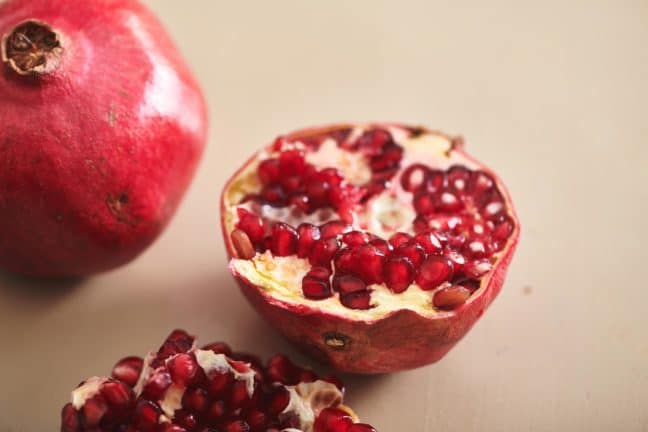
How Do I Prepare Pomegranates?
The process of working with pomegranates and getting to its juice or seeds can be very intimidating. But so very worth it, promise, promise.
Before beginning, make sure you have on an apron to protect staining of your clothes (or wear an old unloved shirt) and if possible, a plastic (not wood) cutting board to prevent the juice from staining your surface. If you want to prevent any temporary staining of your hands, wear some cooking-compatible plastic or rubber gloves.
Start by cutting off a thin slice of the bottom so that the fruit can stand securely. Then cut around the crown (end with the “blossom” sticking out) at a slight angle into the top of the fruit so that the top comes off and there is a slight dip into the pomegranate. Use your knife and from top to bottom, cut just through the red skin but not into the seeds. Continue this 5 more times at equal segments so there are a total of 6 cuts/sections. Using your fingers, place them into the top’s concavity and pry open the pomegranate which should fall into 6 open sections.
At that point, gently separate the seeds from their sections over a large bowl filled halfway with some cold water. As the seeds fall into the bowl, they will sink to the bottom while the white membranes will float to the top. Then simply skim the membranes from the water, drain the water from the bowl and eat!
Pomegranates are a one of a kind fruit. Here’s everything you need to know about how to buy, store, prepare, and cook with pomegranates. Plus 8 pomegranate recipes you should try!
Tweet This
How Do I Cook With Pomegranates?
If you want to extract the juice, take fresh, plump seeds and pulse a cup at a time in a blender or food processor. You want to do this just enough to break the outer skin of the little arils, but not to pulverize them. Then turn them into a fine colander over a bowl and using a rubber spatula, press the seeds to allow the juices to flow out.

Be careful not to over-blend, as you will incorporate the bitter parts of the seeds into the juice. I rarely use whole pomegranates or even purchased seeds to make juice; you can more easily and neatly buy 100% pure pomegranate juice, like POM, in many markets.
Pomegranate juice can be used in cocktails, smoothies, granitas, syrups, dressings, marinades, tarts and dessert glazes.
Pomegranate Seeds or Arils
Pomegranate seeds can be used in various ways in both sweet and savory dishes. Add them into salads, rice and grains dishes, or stir them into yogurt; sprinkle them on baked eggplant and other roasted vegetable dishes; or incorporate them in tarts, cakes, scones and chocolate desserts.
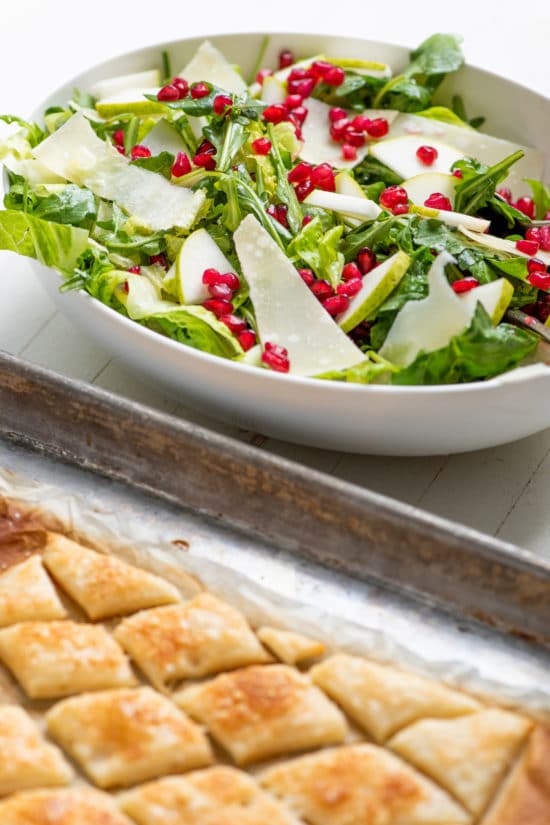
When Are Pomegranates in Season?
Pomegranates are in season late fall through early spring (September-February). Similarly to citrus, the weather greatly influences the harvest of these somewhat temperamental fruit so the dryer the and warmer the weather, the better the yield.
How Do I Store Pomegranates?
Pomegranates are picked ripe off the tree and therefore do not continue to ripen off the tree. Whole, fresh pomegranates will keep on your counter for up to a week or in the fridge for up to two weeks. Seeds will keep in an airtight container in the fridge for up to five days (keep an eye out for the seeds turning brownish or getting slimy as indicators they have gone bad) or in the freezer for up to three months. Fresh juice should be consumed within a week.
Are Pomegranates Nutritious?
Pomegranates are one of those foods that have received lots of attention in the past decade, being touted as a “superfood” and packed with positive nutrients. Pomegranates are among the top fruits high in antioxidants which are essential for fighting cancer, heart disease and overall good health. They are also high in fiber, vitamin C and vitamin K
